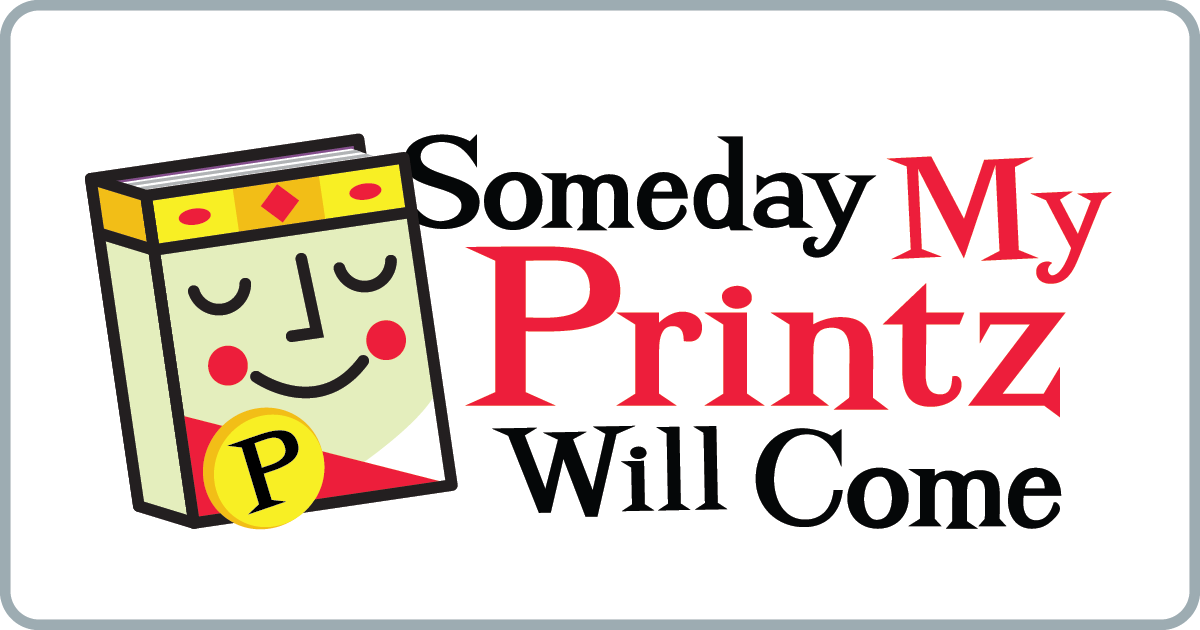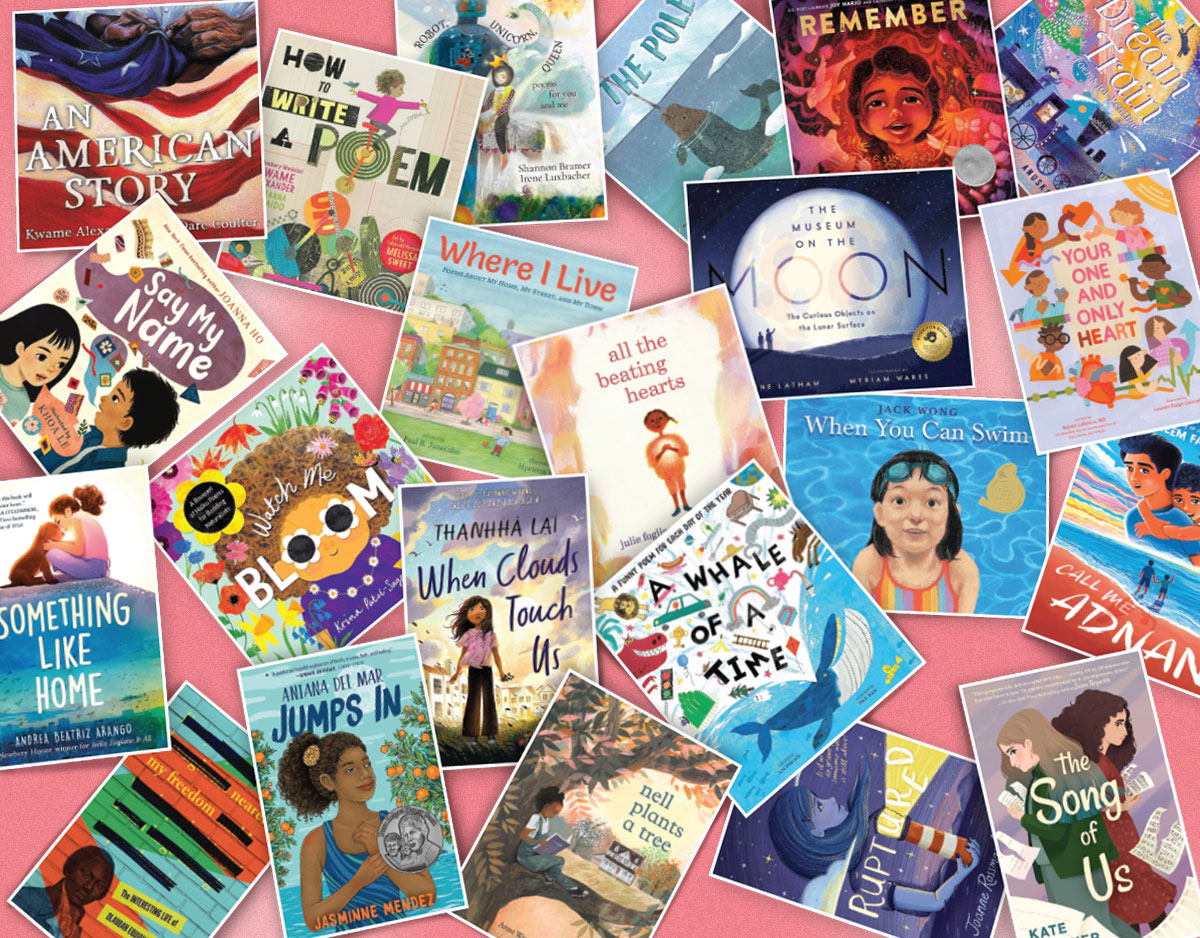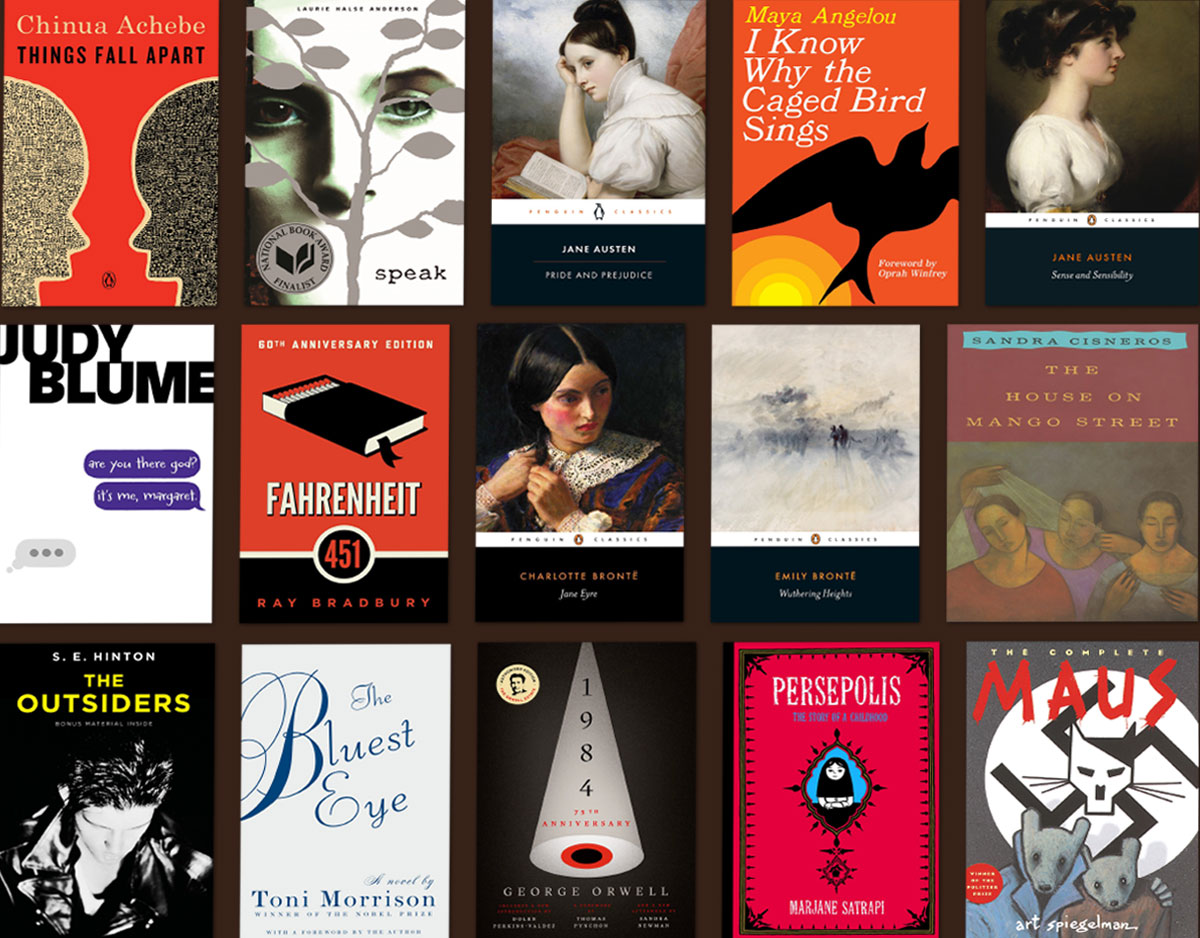SCROLL DOWN TO READ THE POST
Bomb
Guest blogger Joy Piedmont is back (and I think we’ll be taking advantage of her at least once more before the season is done!), covering another major nonfiction title of 2012.
 Bomb: The Race to Build—and Steal—the World’s Most Dangerous Weapon, Steve Sheinkin
Bomb: The Race to Build—and Steal—the World’s Most Dangerous Weapon, Steve Sheinkin
Flash Point, September 2012
Reviewed from final copy
When I say, “World War II espionage” which 2012 young adult title comes to mind?
Yeah, I know Code Name Verity is the big name in this conversation, but Bomb is a gripping spy story in its own right.
There are three main threads of Steve Sheinkin’s book: the American effort to build the atomic bomb, the Allies attempts to sabotage German advances towards the atomic bomb, and the Russians’ work to steal the plans for the atomic bomb. Sheinkin has taken something sprawling and complex and molded it into a nonfiction title that reads like an epic action movie. (Seriously, read the chapter on the destruction of the German heavy water plant in Vemork, Norway and tell me you don’t imagine this scene from Inception.)
ADVERTISEMENT
ADVERTISEMENT
Sheinkin nails action pacing and easily incorporates real quotes from the people involved. He also makes physics and atomic theory, which would normally make my brain hurt digestible by introducing the theory in the context of actual experiments conducted prior to and during the Manhattan Project.
That juxtaposition of fiction style with nonfiction content characterizes the entire book. Bomb oozes style, and it’s the book’s greatest strength — and greatest weakness. Sheinkin has a firm command of fast pacing, snappy dialogue, and multiple storylines, which create a massively appealing read. With descriptive language and clever plot juggling, Sheinkin creates the atmosphere of life as a wartime spy (or a bomb-building physicist); it’s dangerous and exciting. This effective world building and use of stylistic tools create a book that feels light.
Dare I say it? Bomb is, at times, too easy.
Sheinkin portrays the blood, sweat, and tears of the people who built the atom bomb, but glosses over the moral dilemma that the Manhattan Project scientists faced. The last fifty pages of the book begin to address the devastating consequences of the project’s success—the test of the atomic bomb at Trinity, Hiroshima, Nagasaki—but Sheinkin is also finishing up the Russian spy plot, so just when the emotional and moral impact of the bomb needs to resonate for readers to really understand it all, other business demands their attention.
Just after the Trinity experiment, Oppenheimer reflects on a line of the Bhagavad-Gita, “Now I am become death, the destroyer of worlds” (p. 185). Rather than seize the moment to go deeper into Oppenheimer’s struggle, the book transitions away—to Truman, the Japanese leaders, the Soviets (there’s a lot to resolve) — and doesn’t return to the emotional and moral aspects for another thirty pages, a change is direction that lessens the impact and depth for readers. Yes, Sheinkin covers Oppenheimer resignation from his position as director of Los Alamos and his farewell speech expressing his concern for their creation. He also describes Oppenheimer’s meeting with Truman in which Oppenheimer says he feels he has “blood on [his] hands” (p.217). But Oppenheimer’s moral struggle seems less meaningful once the deed is done and we’ve just witnessed its reach; it’s too little too late for such a critical piece of the history surrounding the atomic bomb.
Aside from Bomb’s thematic issues, there is the problem of those single sentence chapter endings. Do I sound like a stuck record? I recently bemoaned how this narrative flourish occasionally distracted me from Deborah Hopkinson’s sensitive Titanic: Voices from the Disaster, but as more and more one-sentence paragraphs ended chapters in Bomb, I began to think that this is just a YA nonfiction standard that I’m not aware of. Karyn and I discussed it, and she hypothesized that it could be an artifice to create narrative excitement or interest, or to speed along reading, designed with a young reading audience in mind. If this is the case, then I question if it is an effective device. Ending a chapter with a single sentence packs an emotional punch, but sometimes it’s not needed; a writer should trust that they’ve established enough interest before that last sentence to keep a reader engaged. Don’t get me wrong, when used sparingly those sforzando moments can be great, but variety creates more interest — and demonstrates more literary chops — than the same trick used every time.
Although pacing was well-done overall, Bomb has a rushed ending. Sheinkin concludes with a description/warning against the atomic arms race, which is appropriate but hastily executed. Had readers been witness to the moral dilemma that the atomic bomb created, had we been presented with a strong argument against the bomb, then that last message would resonate. One might even argue that it would be unnecessary in a book more willing to live in the messiness of war. But style prevails in this book, so while it’s a well-crafted piece it lacks the gravitas that the topic needs.
It’s a huge topic, but then, Bomb is a huge book.
ADVERTISEMENT
ADVERTISEMENT
This is the most puzzling aspect of Bomb, actually. Over-sized nonfiction books usually contain lots of photos (or other visual information) and supplemental facts and figures — the large page size giving those elements more room for examination — but this is not the case here. Pictures appear only at the start of chapters and sections, and there are almost no supplemental materials. This amounts to design dissonance; the book’s outside signals something that isn’t on the inside. Also, the large size works against Bomb’s appeal as narrative nonfiction for non-required reading — take it from me, reading this book on the subway is cumbersome, and there is no reason for the large size or the slick paper. Given that design is one of the things the RealPrintz criteria specifically cite, the design dissonance (which amounts to a deeply flawed design) here is a black mark against this when it comes to whether it deserves to make the final five.
And that’s without even getting into questions about some issues of history and sourcing as well as other concerns, largely about backmatter, discussed on Heavy Medal (twice, and be sure to read the comments) and Crossreferencing; those alone might take this right out of the running. Or not. The committee, Real or Pyrite*, could deem one historical fact slightly mis-phrased and a lack of attention to multiple perspectives and deep backmatter to be minor flaws.
And despite its flaws, Bomb deserves the attention it has received. Sheinkin is a skilled writer who makes this thrilling (and chilling) true story into great narrative nonfiction. It has appeal for fiction and nonfiction readers and lots of style — but is it too much style and not enough substance? I lean towards yes. Do you have a different take? Let’s discuss in the comments! And remember: this is an official Pyrite* nominee — our ONLY Pyrite nonfiction nominee. So please feel free to discuss Bomb in those terms.
*The Pyrite Printz, or Pyrite, is the Someday My Printz Will Come mock Printz deliberation, and should not in any way be confused with YALSA’s Michael L. Printz Award, often referred to here as the RealPrintz or Printz. Our predictions, conversations, and speculation about potential RealPrintz contenders and winners reflect only our own best guesses and are not affiliated with YALSA or the RealPrintz committee. You probably figured that out on your own, but we like to make it clear!
Filed under: Contenders, Guest Posts, Nonfiction
About Karyn Silverman
Karyn Silverman is the High School Librarian and Educational Technology Department Chair at LREI, Little Red School House & Elisabeth Irwin High School (say that ten times fast!). Karyn has served on YALSA’s Quick Picks and Best Books committees and was a member of the 2009 Printz committee. She has reviewed for Kirkus and School Library Journal. She has a lot of opinions about almost everything, as long as all the things are books. Said opinions do not reflect the attitudes or opinions of SLJ, LREI, YALSA or any other institutions with which she is affiliated. Find her on Twitter @InfoWitch or e-mail her at karynsilverman at gmail dot com.
ADVERTISEMENT
SLJ Blog Network
2024 Books from Coretta Scott King Winners
Monster Befrienders and a Slew of Horror/Comedy: It’s a Blood City Rollers Q&A with V.P. Anderson & Tatiana Hill
Family Style: Memories of an American from Vietnam | Review
From Page to Planet: Inspiring Young Environmental Champions Through Fiction, a guest post by Dana Klisanin
The Classroom Bookshelf is Moving
ADVERTISEMENT
ADVERTISEMENT







